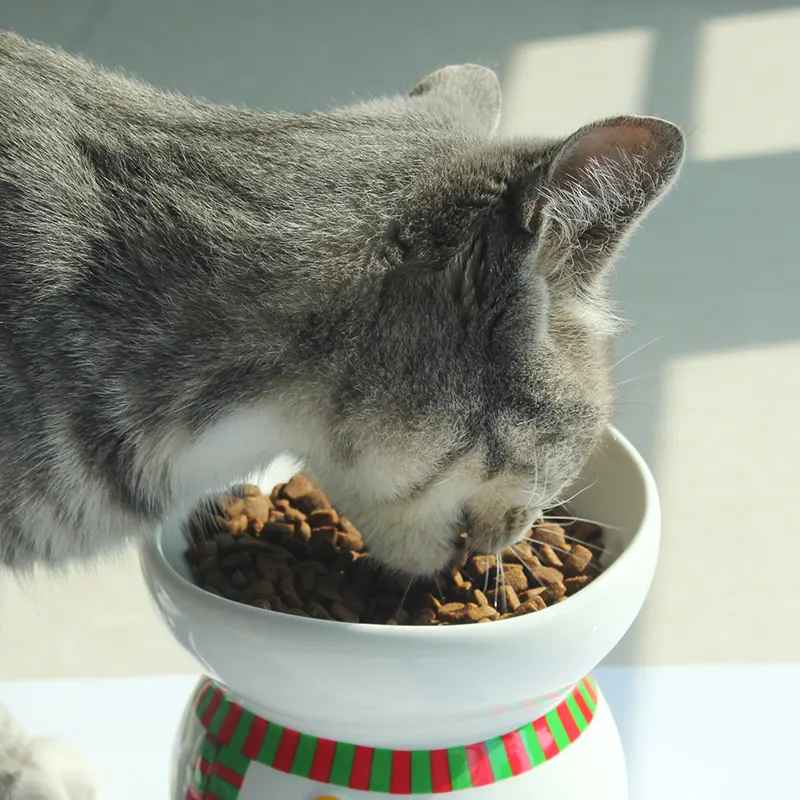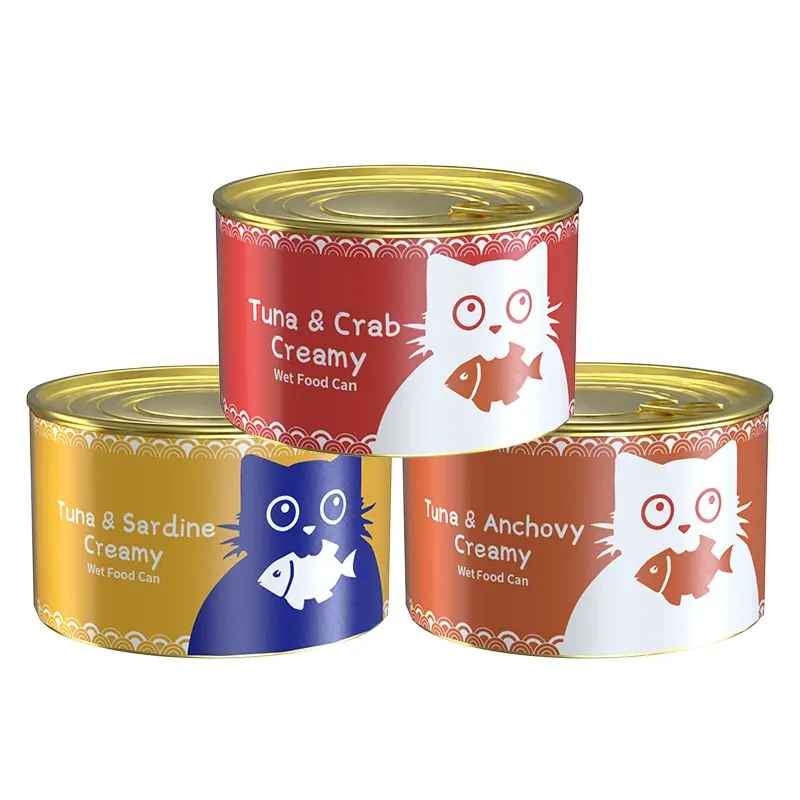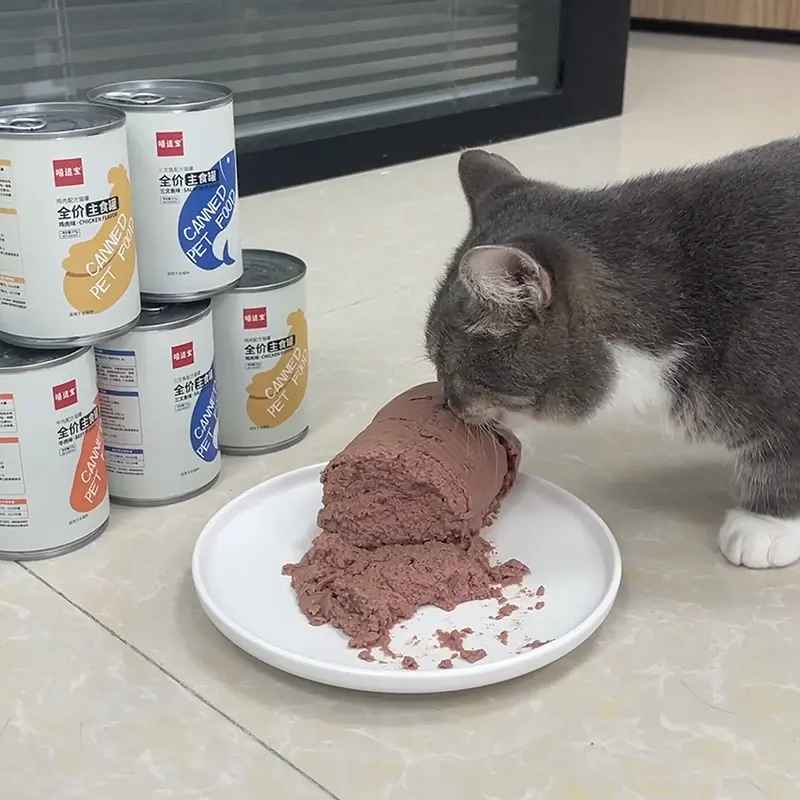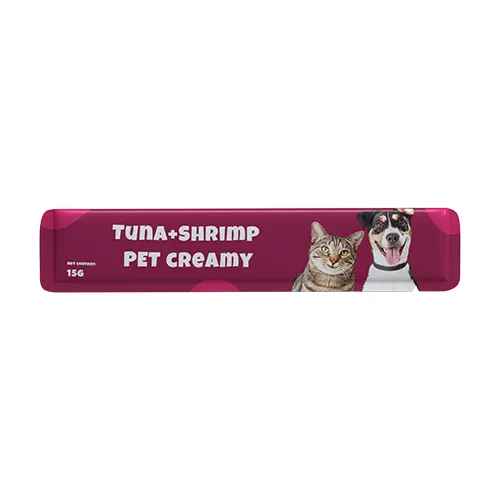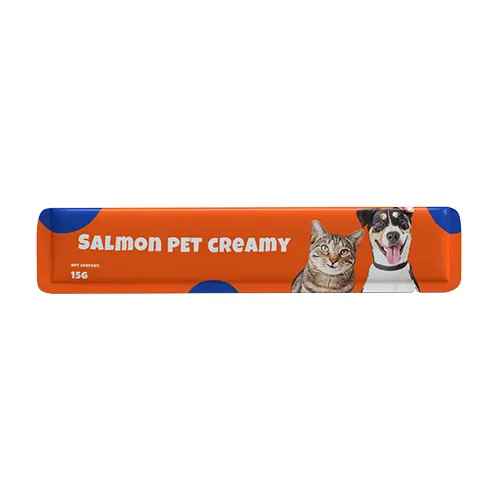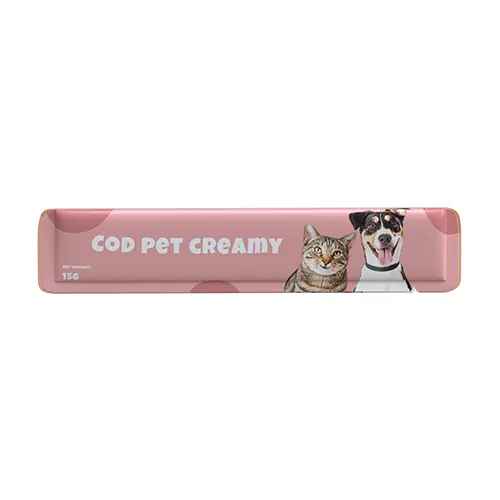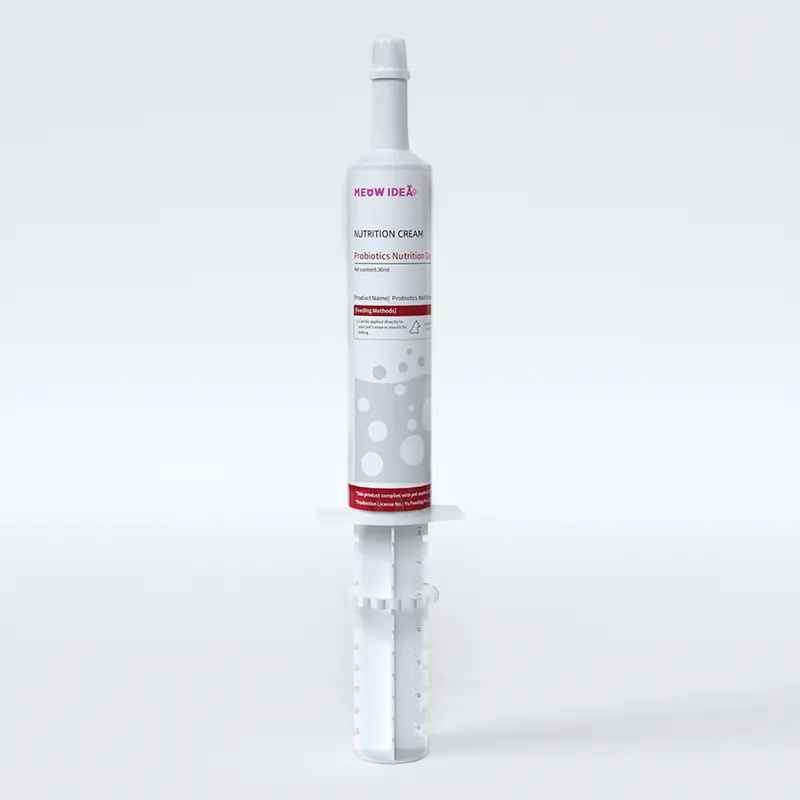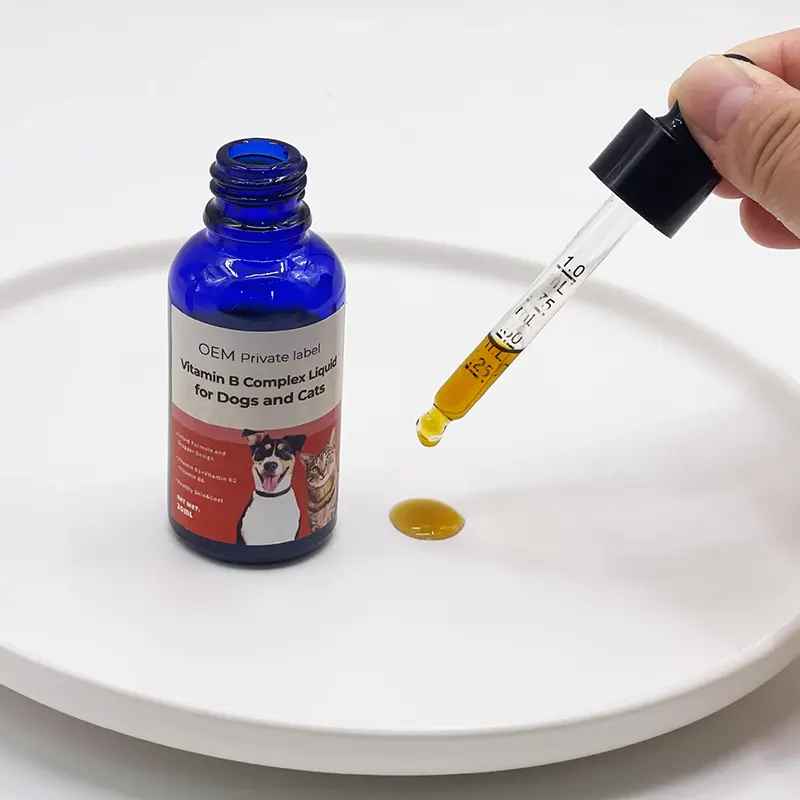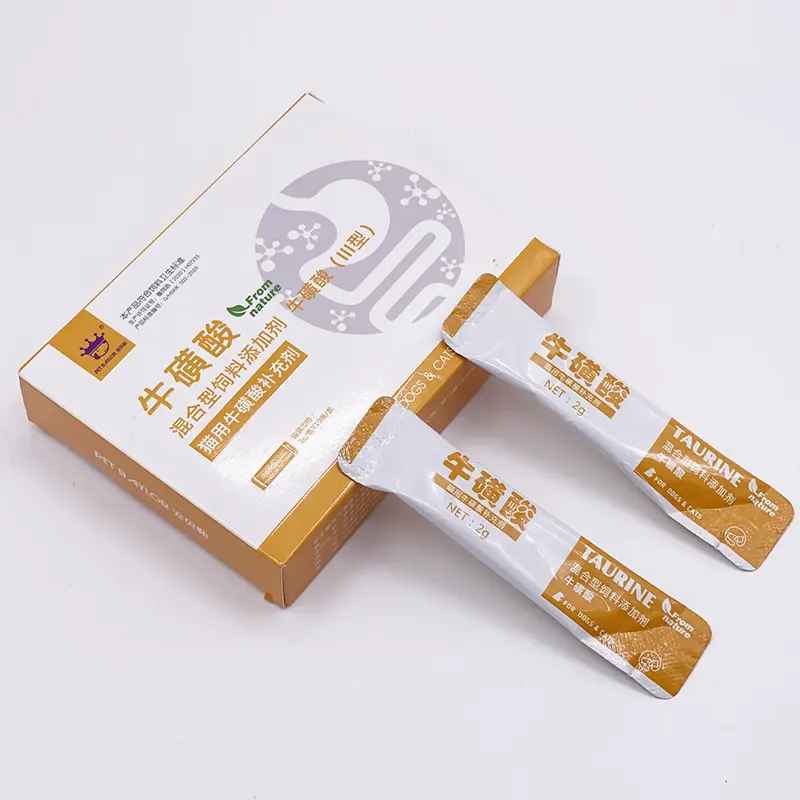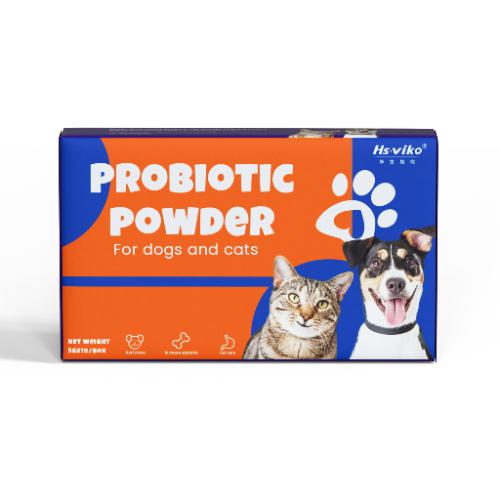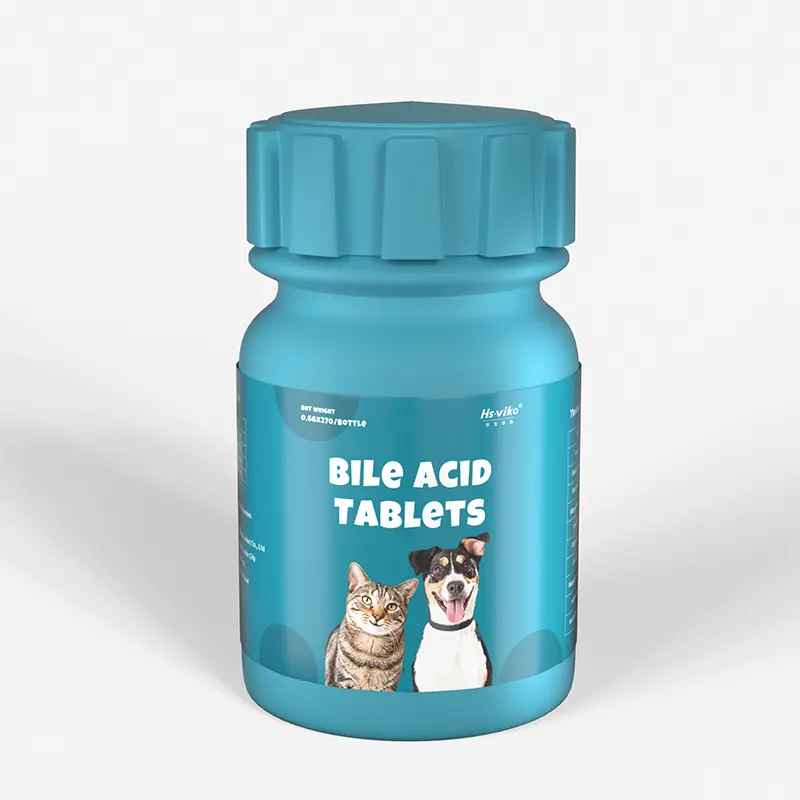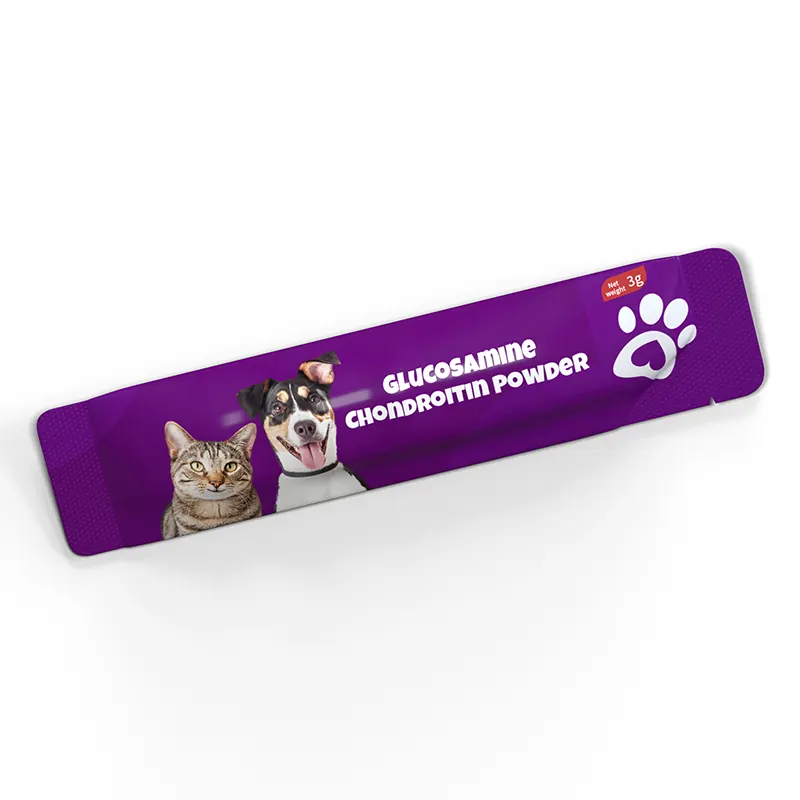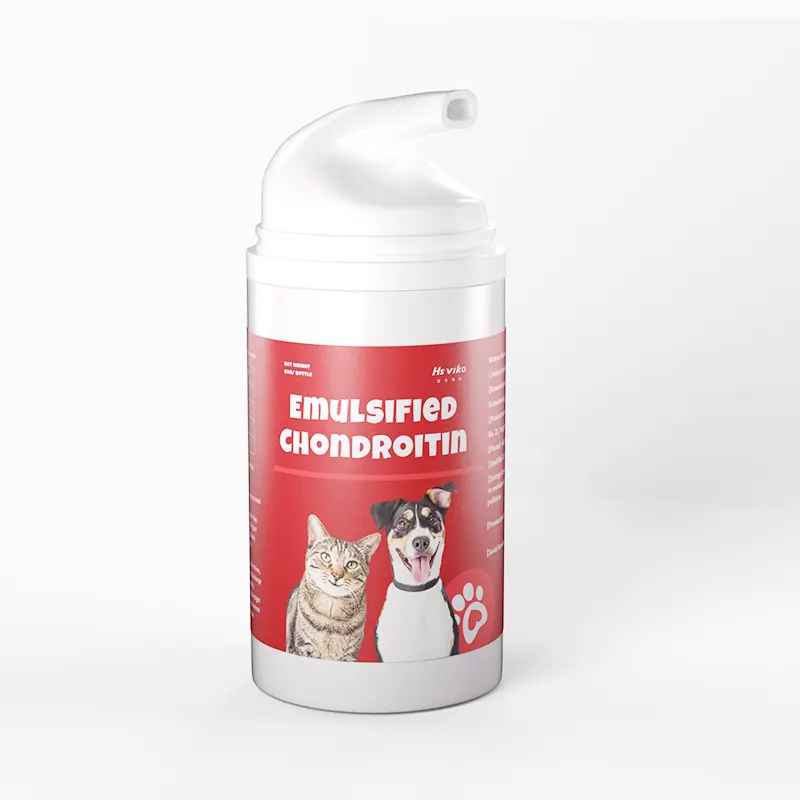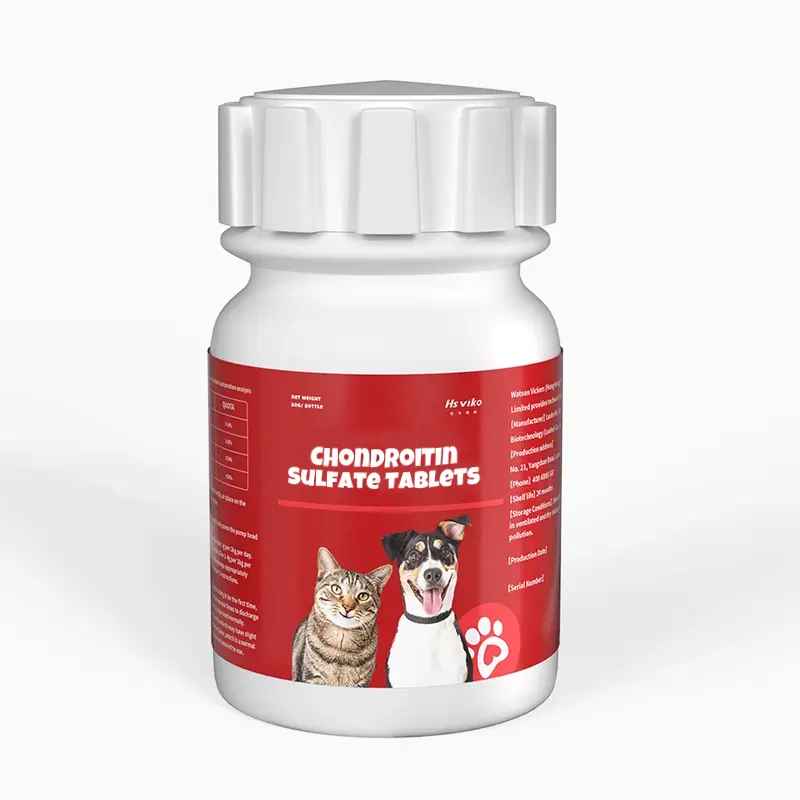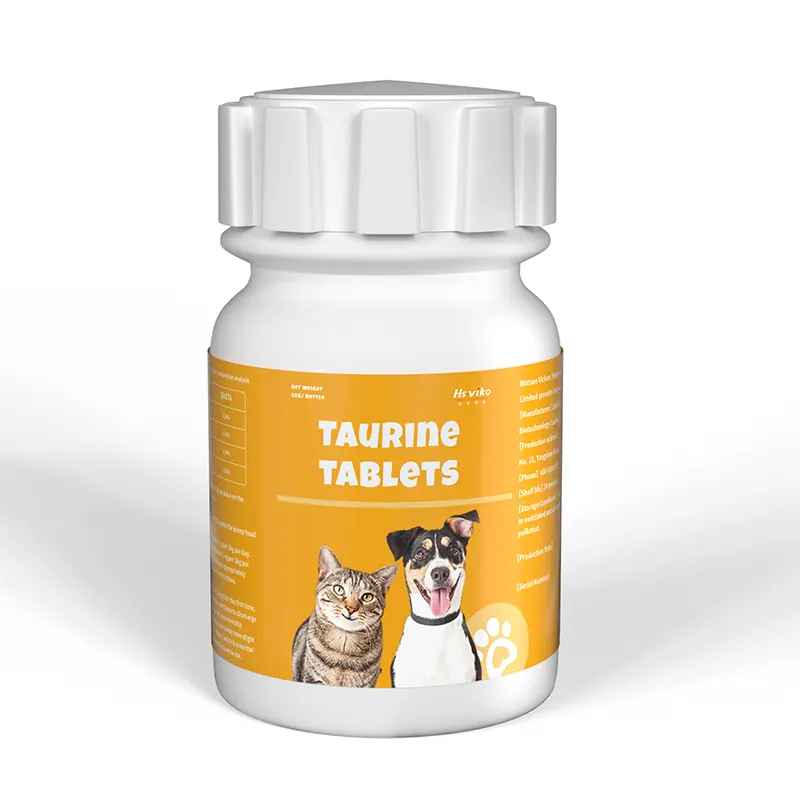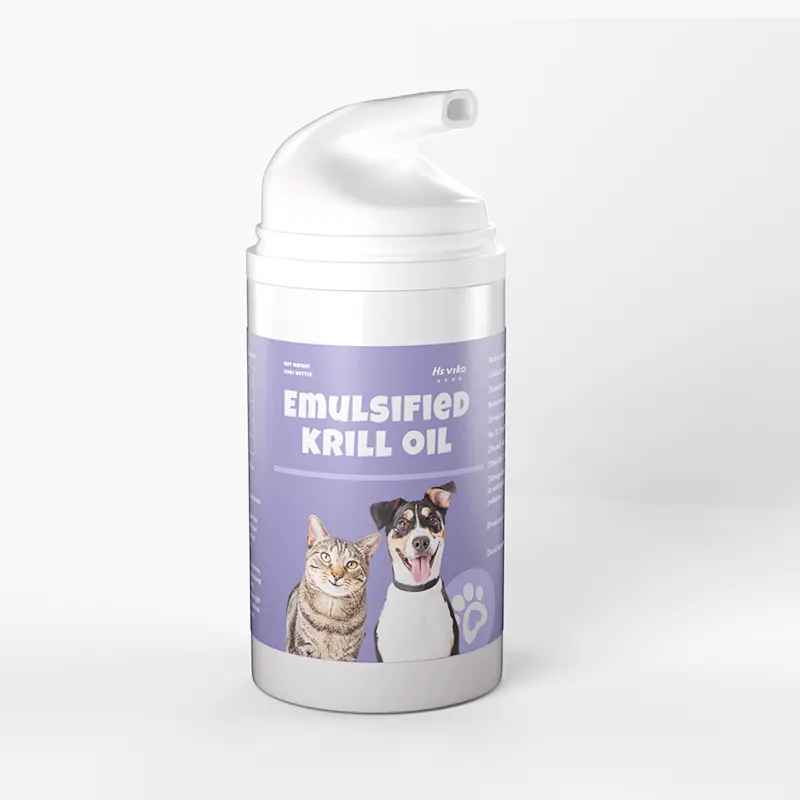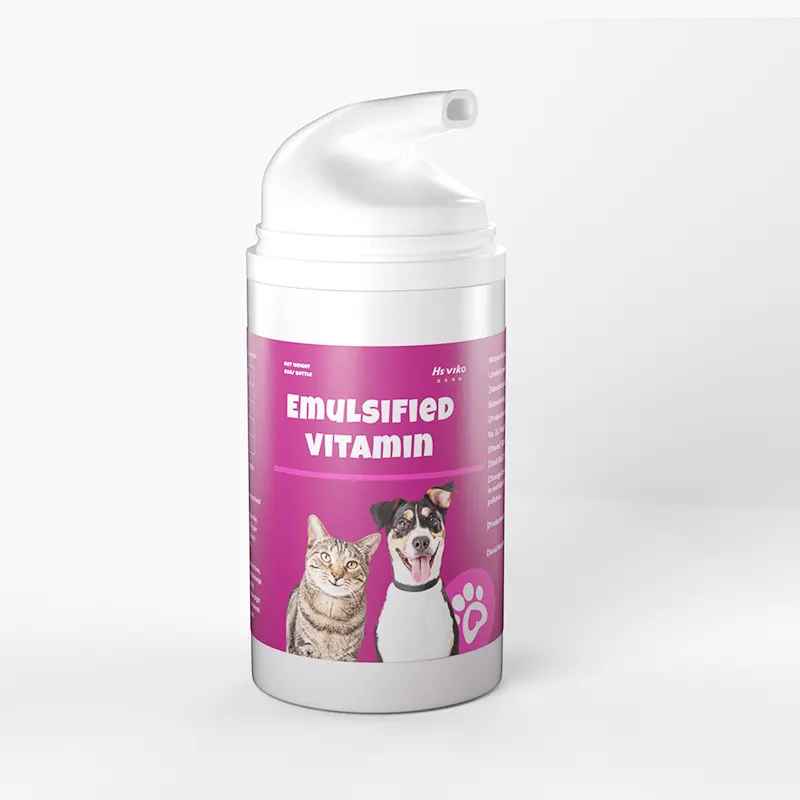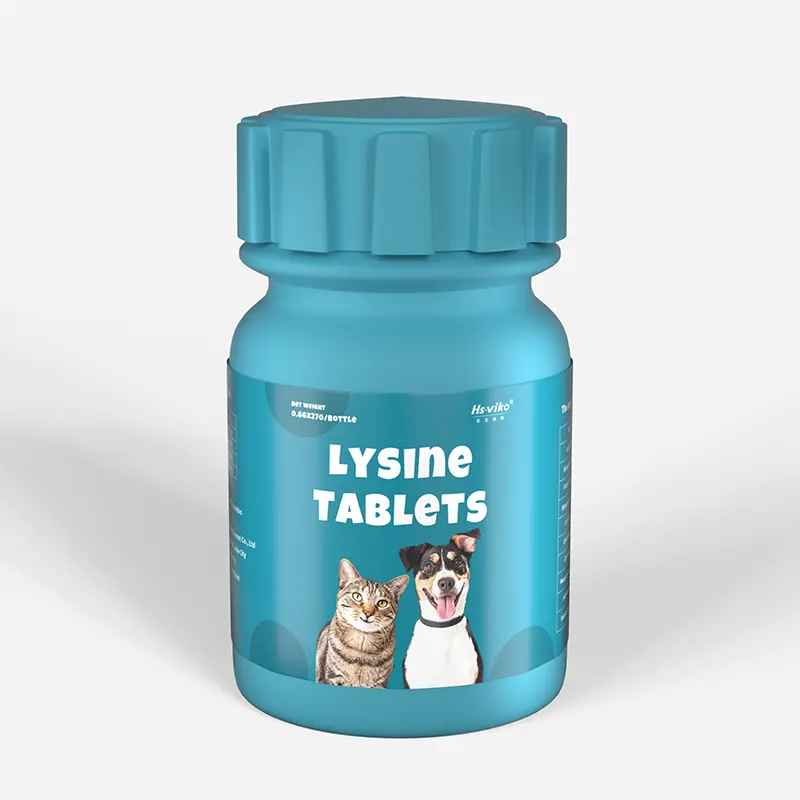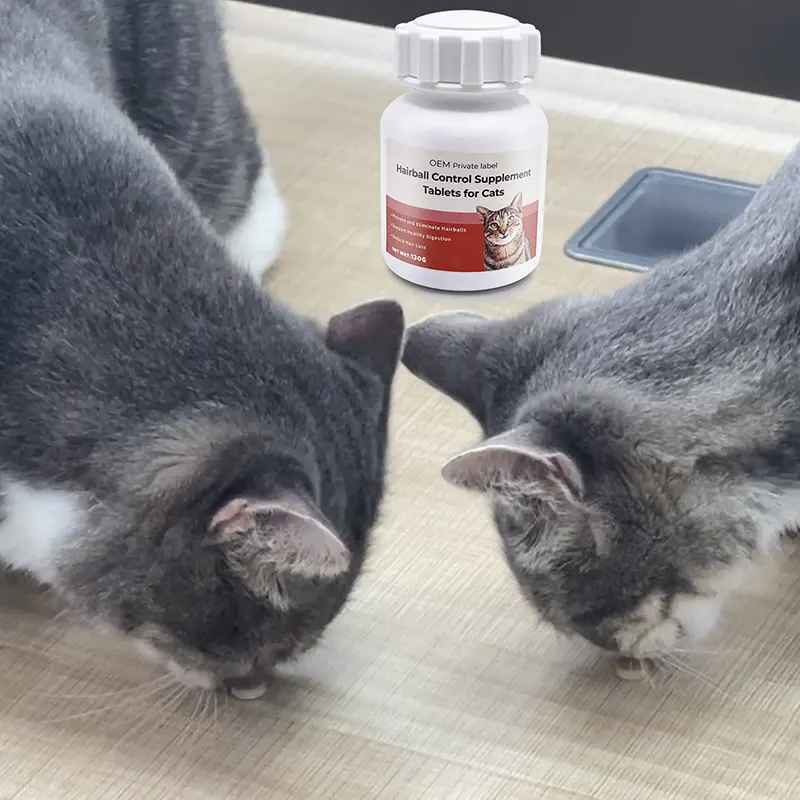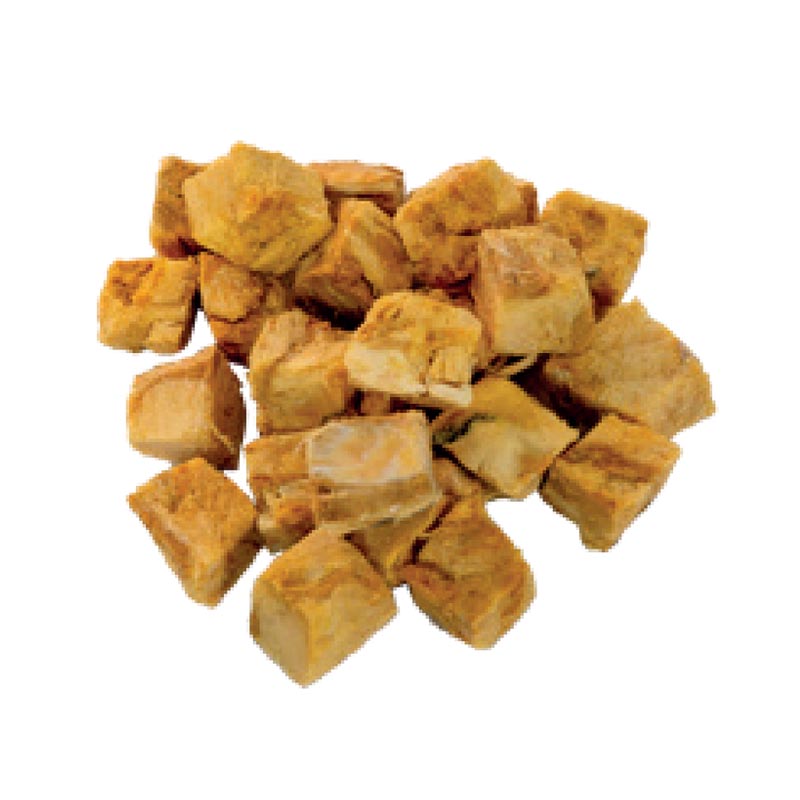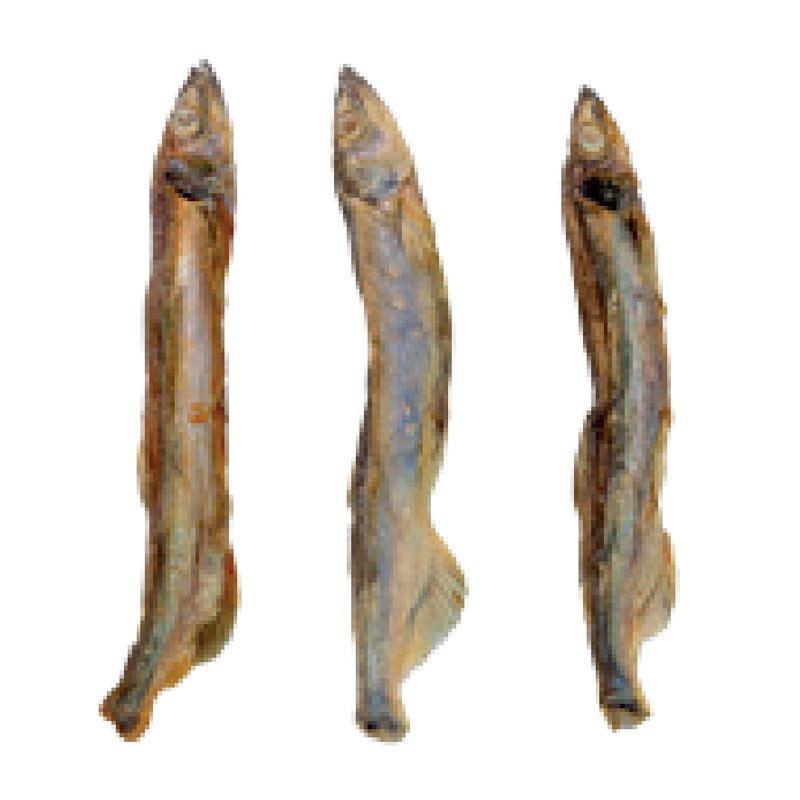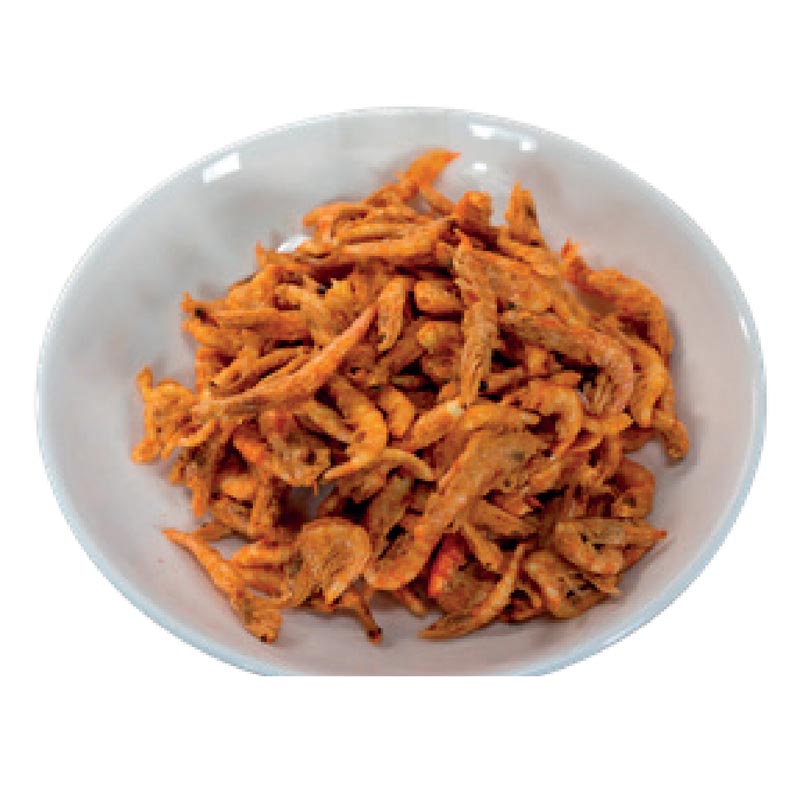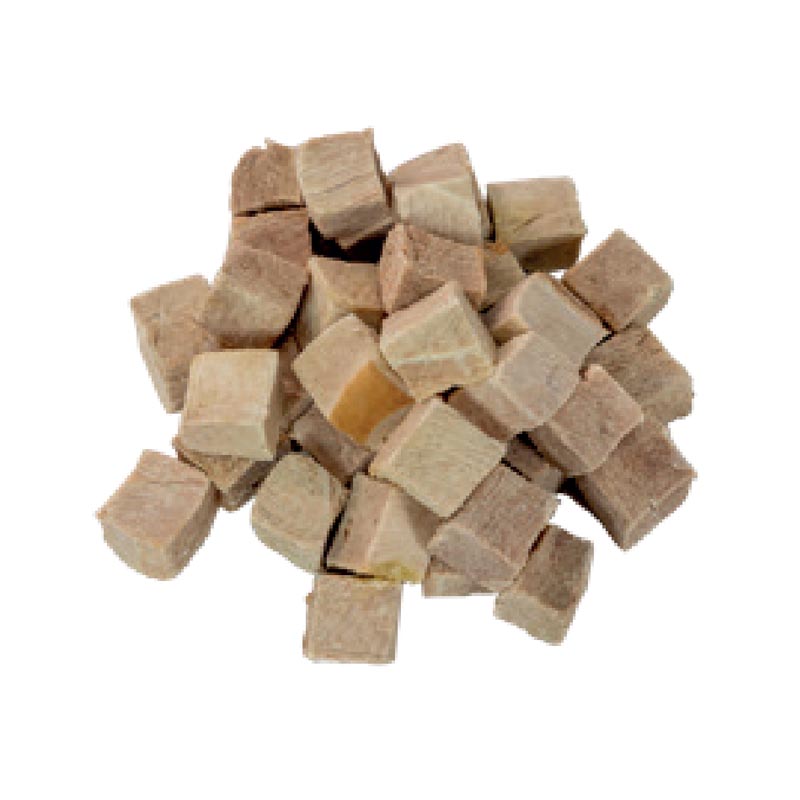Wet vs. dry food: Which is better for your cat?
In the process of owning a cat, choosing the right cat food for your cat is a crucial task. As the two most common types of cat food, wet cat food and dry cat food each have their own features and advantages. But when it comes to choosing cat food, we always tend to fall into a misunderstanding: is dry food better, or is wet food more suitable? In this article, we will compare wet cat food and dry cat food from multiple angles to help you make an informed choice. Next, let’s start a journey into the world of cat food!
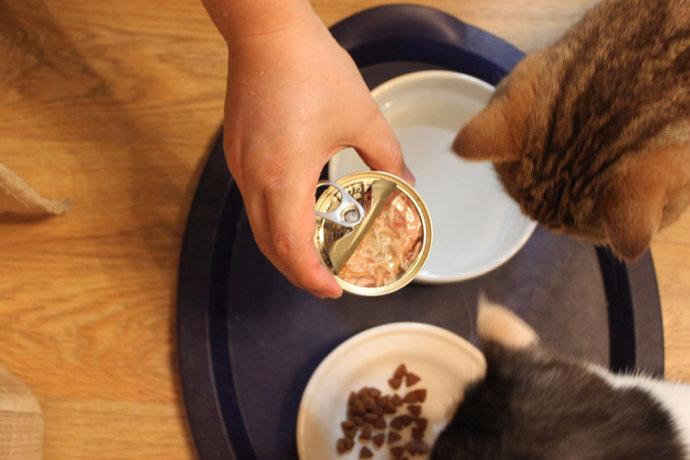
For starters, let’s dig into the difference between dry cat food and wet cat food.
What is the difference between wet and dry cat food?
Moisture content
The main difference between dry and wet cat food is the amount of water in the food.
Dry cat food contains approximately 10% water, with the remaining 90% made up of dry matter such as carbohydrates, fats, and vitamins. Canned cat food contains more water, about 70%, compared to dry matter.
If your cat suffers from certain health conditions that require more water to benefit from, wet cat food will be more suitable for your cat when choosing what to feed.
Manufacturing Process
Dry food, which can also be called puffed food, is made by mixing meat, vitamins, minerals, and fats together and then cooking them at high temperatures and pressures, which makes the starches easier to digest. The fat can then be sprayed onto the food to ensure it is palatable. It is in the form of crushed granules, so the dry food must be pressed and solidified by adding certain grains, beans, and other crops.
Wet food, where the ingredients can be taken from almost all meat, is high in animal nutrient proteins, and no carbohydrates are added, which actually suits the cat’s diet better. The main ingredient in commercially available wet food for cats is meat or fish, which can provide a meal more in line with what your cat needs.These meats are mixed with water, fat, and vitamins and placed in cans, where the heating process ensures that foodborne pathogens are eliminated.
Nutritional content
Dry cat food usually contains more carbohydrates than canned food. The proteins and fats in canned versus dry foods may vary depending on the type of diet. Some formulations of dry cat food may also contain probiotics.
Texture
Dry food has a hard texture, similar to small pellets or chunks, which usually need to be chewed and require more saliva to help your cat chew and digest. It can come in different shapes and sizes, from small pellets to larger chunks.
Wet food is usually presented as a soft paste or chunks with a softer texture that is easier to chew and digest. This can be canned wet food or bagged wet food with different tastes and textures.
Cat owners often ask whether dry or wet food is better for cats. The answer is not black-and-white. There are pros and cons to both dry and wet cat food. In the next paragraphs on wet vs. dry cat food, we will outline all the pros and cons to help you decide which is best for your cat.
Pros and Cons of Dry Cat Food
Pros of dry cat food
Affordability
Whether you feed a quality cat food or a poor quality cat food, a dry food or a staple wet food, it depends on the shoveler’s financial level.
In fact, comparing the same high quality under the same conditions, dry food is cheaper than wet food in terms of cost-effectiveness.
Easy to store
Dry cat food comes in conveniently sized bags that can be stored in a cool, dry place to maintain the “best before” date on the bag. In addition, dry food has a long open storage time and is not prone to spoilage, so cats can eat it freely for a long time.
Convenient feeding
Simply pour the dry cat food directly into the bowl or automatic feeding device as usual. The cat will then consume it when needed.
Higher energy density than wet food
Dry food contains less water and is denser, usually providing more energy than wet food for the same weight.
Good for your cat’s teeth.
Dry cat food is healthier for your cat’s teeth because it is hard and crunchy, which helps clean the surface of the teeth and reduces the formation of tartar. However, dry food is not a complete substitute for brushing or regular oral care.
Cat coat supplements Manufacturer
- Lecithin Soft Chews for Dogs and Cats
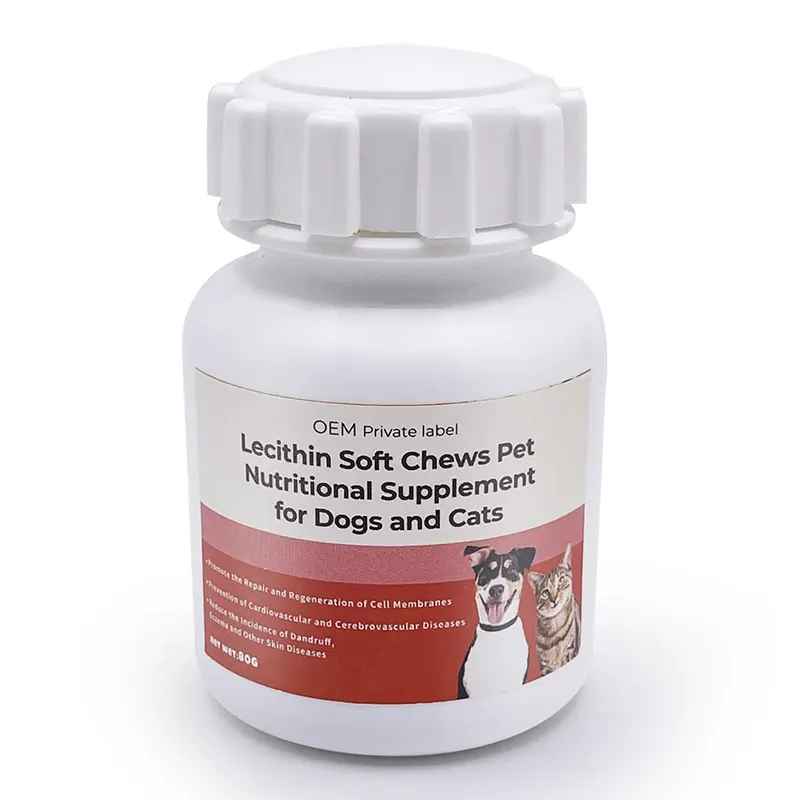
- Lecithin Capsules for Dogs and Cats
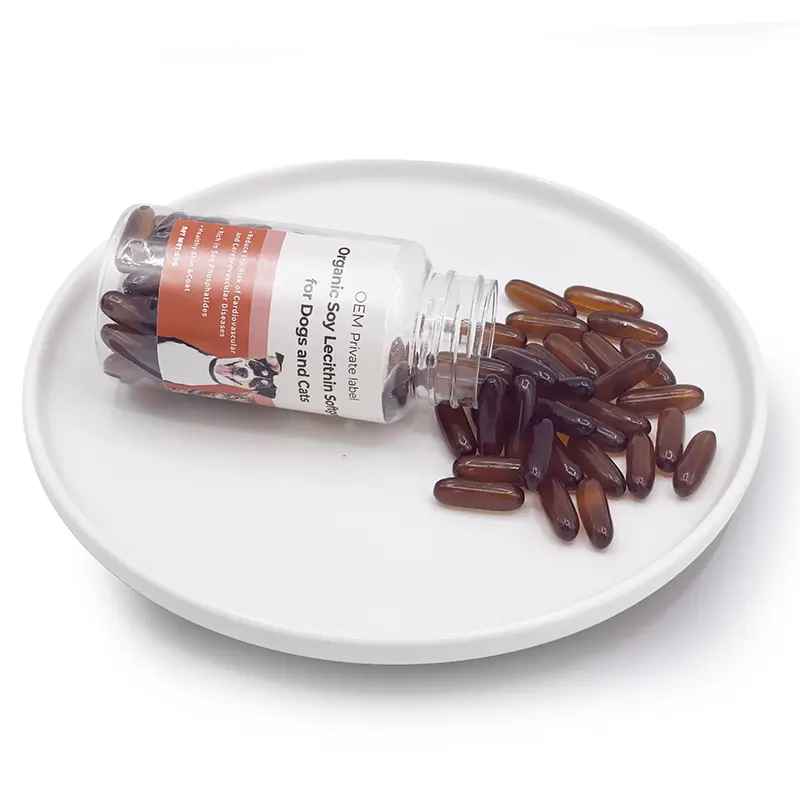
- Hairball Control Gel for Cats
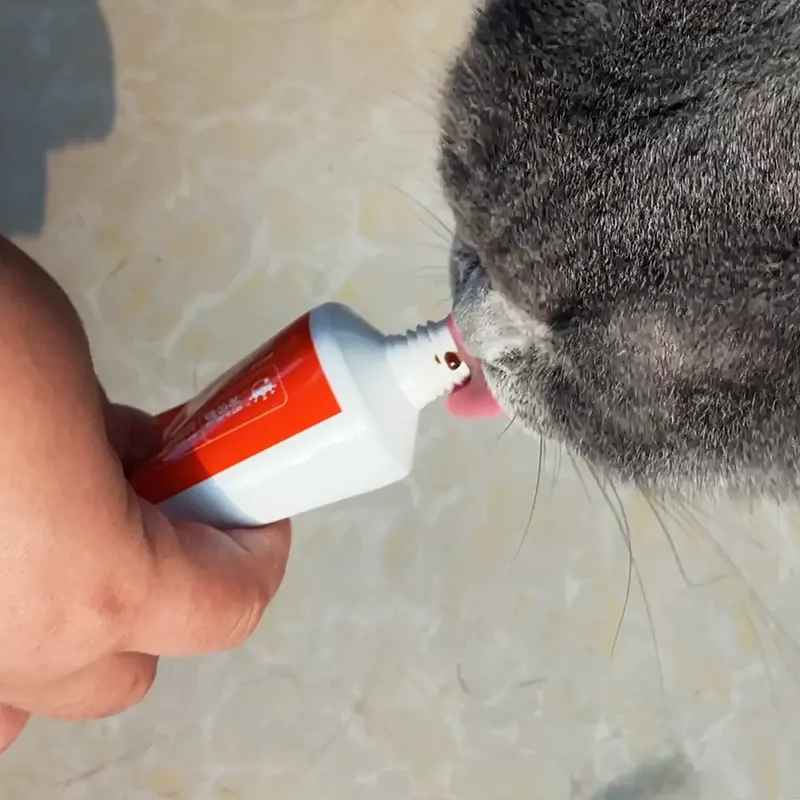
- Best Hairball Control Tablets Supplement For Cats
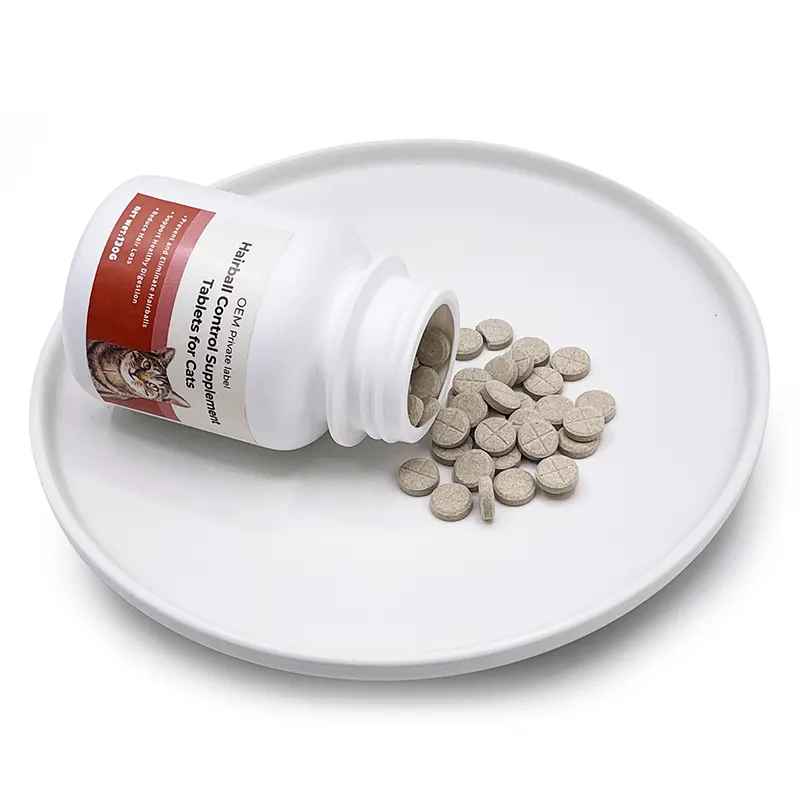
- Best Krill Oil for Cats and Dogs

- Omega 3 Deep Sea Emulsified Fish Oil for Pets

Cons of dry cat food
Less animal protein
Typically, dry cat foods contain less protein, especially animal protein, than most wet foods. This is because dry foods may need to incorporate a higher percentage of grains, plant proteins, and other fillers in order to achieve a longer shelf life and stability during the preparation process.
Higher calorie content
Dry foods provide energy-dense nutrients such as proteins, fats, and carbohydrates. This allows dry foods to provide more calories for the same weight.
It may be difficult for cats with dental disease or missing teeth
Older cats with dental disease or who have had some of their teeth removed may also have difficulty chewing dry food.
May lead to excessive obesity
Studies have shown that obesity is associated with feeding dry cat food. This may be due to the fact that many cats that consume dry food are usually free-fed, and you may not realize how much your cat actually eats in a day.
Pros and Cons of Wet Cat Food
Advantages of wet cat food
High moisture content
Cats are desert animals, which makes them accustomed to getting moisture from their food.
Therefore, wet cat food with a high water content increases your cat’s water intake and helps maintain moisture balance.
Low carbohydrate content
Wet food consists mainly of animal proteins, such as meat, fish, or poultry, and usually does not contain a lot of grains or other carbohydrates.
Good palatability
Wet food has a stronger flavor and aroma, which also helps to increase your cat’s interest in the food.
Easily absorbed
Wet food has a soft, moist texture and contains a lot of water, which reduces the burden on the stomach and intestines and aids in effective digestion.
It helps reduce weight
The high water content of wet food increases the total volume of food, so cats can eat more food while providing the same number of calories. In addition, wet food provides more satiety due to its high water content.
Disadvantages of wet cat food
Expensive
Wet food is more expensive because of the relatively complex process of making it.
Not easy to store
Spoils quickly after opening (must be refrigerated) Canned food has a shelf life of 24 hours after opening and must be stored in the refrigerator. If your cat does not finish the wet food, it should be stored properly in the refrigerator or discarded. Leaving canned food out for more than a few hours may cause contamination and gastrointestinal upset. How to store wet cat food?
Bad for teeth
Wet food is relatively soft and does not have the effect of resisting tartar. In addition, cats that regularly eat wet food tend to stick to their teeth and harbor tartar, forming calculus and plaque.
- Gold Canned Cat Wet Food
- Canned Wet Cat Food
- Freeze dried Chicken Breasts for Dogs and Cats
- Tuna & Shrimp Cat Treats
- Salmon Cat Treats
- Cod Creamy Cat Treats
Can you mix wet and dry cat food?
For most cats, you can put your cat on a mixed diet of dry and wet cat food to balance the benefits of both. This meets your cat’s moisture and protein needs while providing the right amount of dry food to help with oral health.
To ensure that your cat is consuming the right amount of food, you first need to determine the recommended amount of dry food your cat should be consuming each day. This number (in grams) depends on your cat’s size, age, and weight. There is a handy measuring chart on the side of each bag of roughage. You can choose your own ratio of wet to dry food, but we recommend at least 1/3 wet food and 2/3 dry food.
Is wet or dry food better for cats?
When choosing cat food, we should take into account your cat’s age, health condition, taste preference, and budget.
Kittens
Fully-weaned kittens have different needs than adult cats. They are still growing and, therefore, require a different balance of nutrients to stay healthy. For this reason, it is best to keep kittens fed a mixture of wet and dry food after weaning to ensure healthy growth.
For older cats
Generally speaking, wet cat food is more suitable for older cats. Kidney function in older cats may decline with age, and giving them enough water can reduce the burden on the kidneys and help prevent urinary tract disease and dehydration. The soft texture and high moisture content of wet food can ease the burden on the intestinal tract, reducing constipation and digestive problems. Wet cat food has a strong odor and taste that better stimulate the appetite of senior cats.
Suitable for cats with urinary disorders
Pet cats, especially neutered male cats, are more susceptible to urinary disorders.
Urinary tract infections, kidney stones, urinary stones, feline idiopathic cystitis, and lower urinary tract disease can all be the result of prolonged dehydration in cats. Staple wet cat food contains more water than dry food, and staple wet cat food is the best choice for your cat’s health. If your cat is suffering from urinary tract disease, it is recommended that you feed your cat a staple wet food daily, along with medication to treat symptoms and regulate the urinary system.
Private Label Cat Nutritional Supplements
- Probiotic Nutritional Cream Supplement for Dogs and Cats
- Chewable Probiotic Supplement for Dogs and Cats
- Liquid B Complex Vitamin for Dogs and Cats
- Taurine Supplements for Dogs and Cats
- Probiotic Tablets for Dogs and Cats
- Probiotic Powder for Dogs and Cats
Advice on wet and dry cat food
Whether you choose to feed dry or canned cat food, it is important to feed a well-balanced commercial food to ensure your cat gets the vitamins and minerals it needs.
All cat food is quality-controlled and specially formulated to meet your cat’s nutritional needs. Your vet can provide you with more specific advice based on your cat’s health. Involving your vet in deciding what to feed your cat can be very helpful in ensuring your cat gets the most appropriate nutrition.
Here are some other things to consider.
High animal protein
It is important to know here that carbohydrates are essentially useless for a healthy cat diet!
The cat’s natural carnivorous diet contains only a small percentage of carbohydrates (as low as 3-5%) and metabolises carbohydrates poorly. Animal proteins and fats serve as their primary energy sources.
Cats are carnivores and need high-quality protein to maintain their health, growth, and development. Whether you choose dry or wet food, make sure it contains high-quality animal protein, such as chicken, fish, or meat by-products.
Grain Free
Excess carbohydrates are converted into body fat, which can cause your cat to become overweight and increase the risk of diabetes. Therefore, plant matter and animal by-products should be avoided; they do not do your cat any favours.
No additives
Of course, there are still a lot of cost-effective cat dry foods on the market for shovelers to choose from. When choosing cat food, shovellers should carefully analyse the ingredients on the ingredient list and can choose additive-free, mild formula cat food, such as Hsviko’s cat food, which can supplement the daily nutritional requirements of cats while also caring for their intestines and stomachs.
Hsviko’s wet cat food has a high level of animal protein, is grain-free, and uses vitamin E as an antioxidant, which is your best choice!
FAQS
Is wet or dry cat food better for weight loss?
Wet food is better for weight loss in cats. The high water content in wet food increases the total volume of food, which allows cats to eat more food while providing the same number of calories. In addition, wet food provides more satiety due to its higher water content.
Is it OK to feed cats dry food only?
Yes, as long as the pet food is of high quality and labelled complete and balanced according to AAFCO standards. However, it is important to note that you must provide your cat with enough water.
Do cats need wet food every day?
It depends on the cat’s condition.In general, cats don’t need wet food as long as they are getting enough water as well as the right nutrients from their other food sources. However, wet food absolutely has a place in veterinary medicine, and there are a lot of reasons to consider incorporating wet food into your cat’s diet.
Is wet or dry food better for cats with diarrhea?
Wet food is better when you have diarrhoea. Wet food has a high moisture content, which helps to replenish the water lost during diarrhoea and makes it easier to digest. Dry food is harder to digest and may aggravate your cat’s stomach and intestines.
Is dry or wet food better for IBS cats?
Dry food may be more suitable. Wet food may contain certain allergy-causing ingredients, whereas dry food has a relatively single ingredient, making it easier to control your cat’s allergens. However, it will depend on your cat’s allergens and your veterinarian’s recommendations.
Is dry or wet food better for indoor cats?
Both can be used, but the choice needs to be based on the specific needs of the cat. Indoor cats are less active, and dry food helps to grind and clean teeth; while wet food provides more moisture and nutrition. You can feed your cat a mix and match according to its preference and health condition.
Is dry or wet food better for older cats?
Wet food may be more suitable. Older cats have weaker digestive functions, and wet food is easier to digest and absorb. Also, wet food has a high moisture content, which helps to maintain your cat’s water intake.
Which is better for senior cats: wet or dry food?
Wet food is more suitable. The high moisture content of wet food helps senior cats maintain adequate water intake and prevent dehydration. In addition, the soft texture of wet food makes it easier for senior cats to chew and digest.
One of the most powerful pet product brands in China. With more than ten years of experience in pet supplements is production. Provides one-stop service for pet health care products, medicine and food for the whole world, including customization, OEM, ODM and wholesale.
Related Posts:
- Is wet cat food good for cats?
- How to store cat food: wet and dry cat food storage
- What to feed a cat with diarrhea: best food choices
- What wet food is good for cats with sensitive stomachs?
- Probiotics for cats: choices, feeding and benefits
- Is Fish Oil Safe for Cats: The Key to Ensuring Your Cat’s Health
Search
© 2023-2024. All Rights Reserved. Copyright By HsViko Pet Supplies | Privacy Policy
